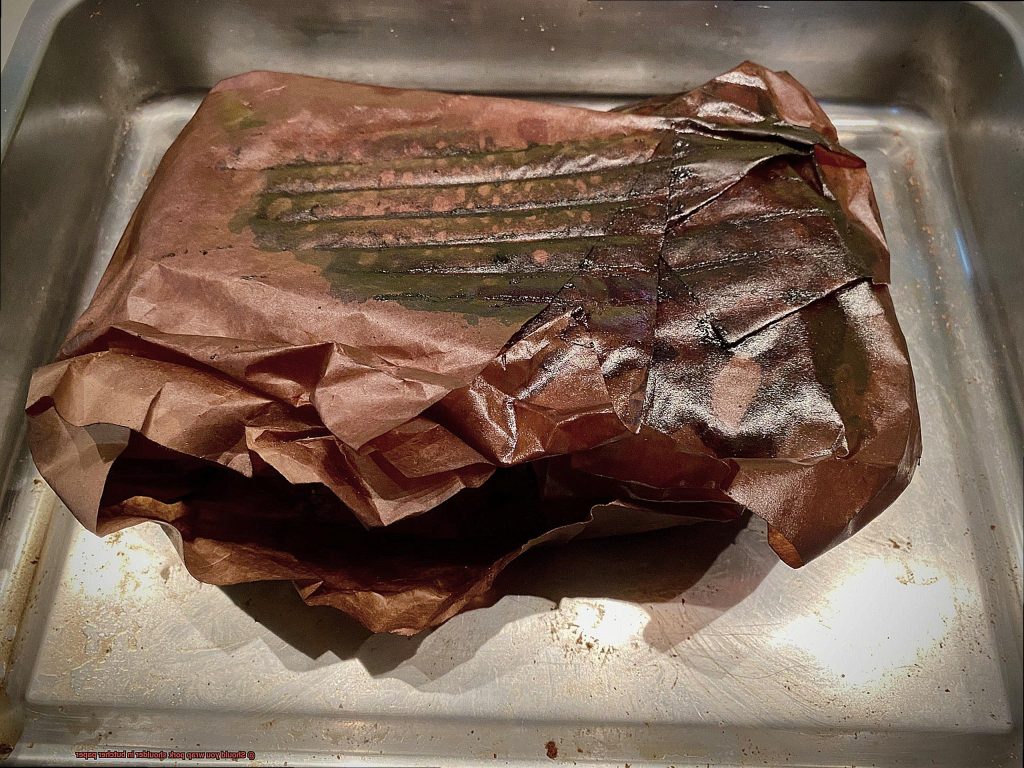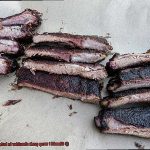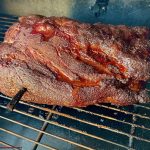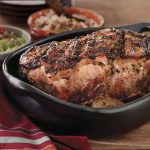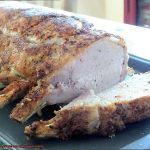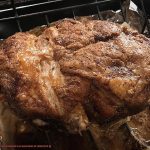Calling all meat lovers and barbecue enthusiasts. Are you gearing up to cook a mouth-watering pork shoulder? If so, you may be wondering whether wrapping it in foil or butcher paper is the way to go. Fear not, we’re here to help you make an informed decision that will take your pork shoulder from good to great. In this post, we’ll delve into the pros and cons of wrapping pork shoulder in butcher paper and explain why many swear by this method.
Before we get into the nitty-gritty, let’s talk about why wrapping meat during cooking is crucial. Wrapping helps retain moisture and creates a barrier that prevents the meat from drying out. It also helps tenderize the meat, preserving its natural flavors and juices. However, traditional foil can sometimes result in steaming the meat, leading to soggy and unappetizing results. This is where butcher paper comes in.
Butcher paper is a special type of paper designed explicitly for wrapping food items like meat. Unlike foil, it allows air circulation while still locking in moisture, resulting in a crispy outer bark on your pork shoulder. It’s particularly useful when smoking pork shoulder as it enables the meat to absorb smoky flavors from wood chips.
Now that we’ve covered the basics let’s dive deeper into whether you should wrap your pork shoulder in butcher paper or not. We’ll explore its advantages and disadvantages while also showing you how to wrap your pork shoulder correctly for optimal results. So grab your apron, fire up your grill or smoker, and let’s get started on making some deliciously juicy pork shoulder.
Contents
What is Butcher Paper?
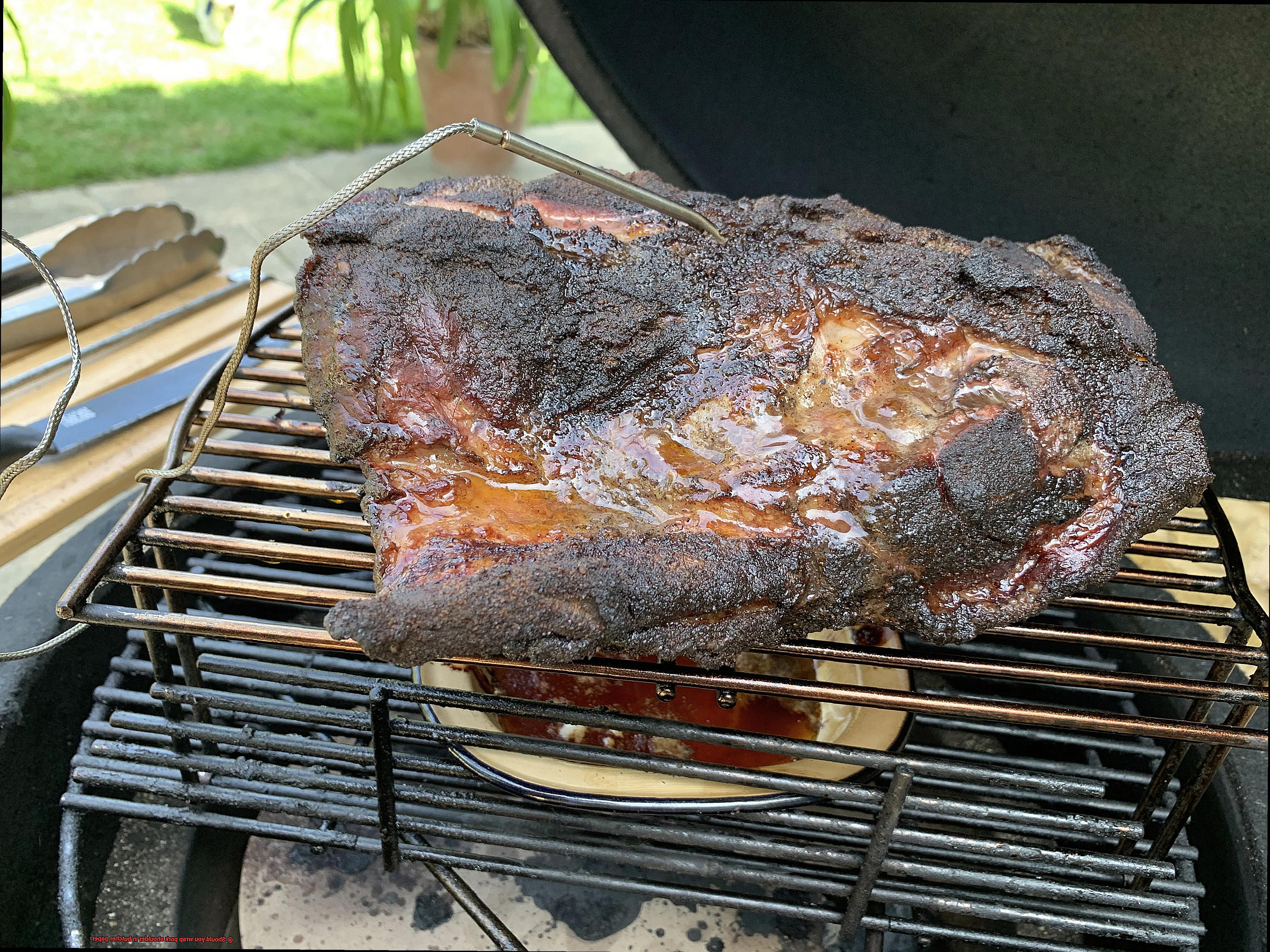
Look no further than butcher paper. Butcher paper is a heavy-duty, food-grade paper that is commonly used in the meat industry to wrap and store meat products. It’s also a popular choice among pitmasters and chefs for wrapping meats during the cooking process.
So, what exactly is butcher paper? Made from virgin pulp, this type of paper is strong and durable. It’s usually uncoated to prevent any chemicals from leaching into the food. Butcher paper comes in different sizes, weights, and colors, with brown being the most common. The weight of the paper typically ranges from 30-50 pounds, with heavier weights being more durable and able to withstand longer cooking times.
Butcher paper’s ability to breathe is one of its primary benefits. This allows for the meat to cook evenly and retain its moisture without becoming too soggy or dry. Butcher paper provides a barrier that helps protect the meat from outside contaminants while allowing smoke and heat to penetrate.
When it comes to cooking pork shoulder, wrapping it in butcher paper can be a game-changer. It helps retain moisture during the cooking process, resulting in tender, juicy meat. The paper also helps create a flavorful bark on the outside of the meat by trapping in the juices and creating a moist environment that promotes the formation of a crispy, caramelized layer.
However, there are some downsides to using butcher paper. It can slow down the cooking process since it’s not airtight like foil. This may be problematic if you’re working with a tight timeline or trying to achieve a specific level of doneness. Additionally, it can be challenging to handle since it tends to be more flimsy than foil.
Overall, if you’re looking for moist, flavorful meat with a crispy bark, then wrapping in butcher paper is an excellent option. It enhances your pork shoulder’s natural flavors while providing an ideal cooking environment. However, whether or not you should use it will depend on your personal preferences and cooking style.
Benefits of Wrapping Pork Shoulder in Butcher Paper
Look no further than butcher paper. This increasingly popular technique has numerous benefits that make it a favorite among pitmasters and chefs alike. So, what exactly are the benefits of wrapping pork shoulder in butcher paper?
For starters, butcher paper allows the meat to retain its moisture while still allowing it to breathe. Unlike foil, which can trap moisture and create a steaming effect, butcher paper lets excess moisture escape while still retaining enough to keep the meat from drying out. This results in a juicy, tender pork shoulder that will leave your taste buds wanting more.
But that’s not all – wrapping in butcher paper can also help with forming a crispy bark on the outside of the pork shoulder. As the meat cooks, the rub on the outside can become wet and clumpy, making it difficult for a crusty bark to form. Butcher paper comes to the rescue by absorbing excess moisture and helping form an even and crispy bark. The result? A deliciously textured pork shoulder that’s sure to impress your guests.
And let’s not forget about the environmental benefits of using butcher paper over foil. Foil cannot be recycled and often ends up in landfills, contributing to our growing waste problem. Butcher paper, on the other hand, is made from sustainable materials and can easily be composted.
Downsides of Wrapping Pork Shoulder in Butcher Paper
In the previous section, we delved into the benefits of using butcher paper to wrap your pork shoulder. But let’s not forget that there are downsides to this wrapping option that you should consider.
For starters, butcher paper may not provide as tight of a seal as other materials like foil or vacuum-sealed bags. This could lead to a loss of moisture, resulting in a less juicy and flavorful end product. No one wants dry pork shoulder, right?
In addition, butcher paper is not as durable as other materials and can easily tear or puncture. This could compromise the safety of your meat and pose potential health hazards. We want to avoid any food safety concerns at all costs.
Another downside to using butcher paper is that it doesn’t provide the same level of insulation as other materials like foil. This could cause longer cooking times, and if the meat isn’t wrapped tightly, it could result in uneven cooking.
Furthermore, it’s worth noting that butcher paper may not be readily available in all areas compared to other wrapping options. This could make it challenging for home cooks or smaller butchers to obtain.
Factors to Consider When Deciding Whether or Not to Wrap Pork Shoulder in Butcher Paper
Firstly, think about your desired outcome for the meat. If you want a crispy bark on the outside of your pork shoulder, then wrapping it in butcher paper may not be ideal. The paper can trap moisture and prevent the bark from forming. However, if you’re smoking the pork shoulder and want to prevent it from drying out, then wrapping it in butcher paper can help.
The type of butcher paper you use is also important. Some types are more porous than others and can affect how much moisture is retained in the meat. Choose a high-quality butcher paper designed specifically for food to ensure that it doesn’t negatively affect the taste or texture of your pork shoulder.
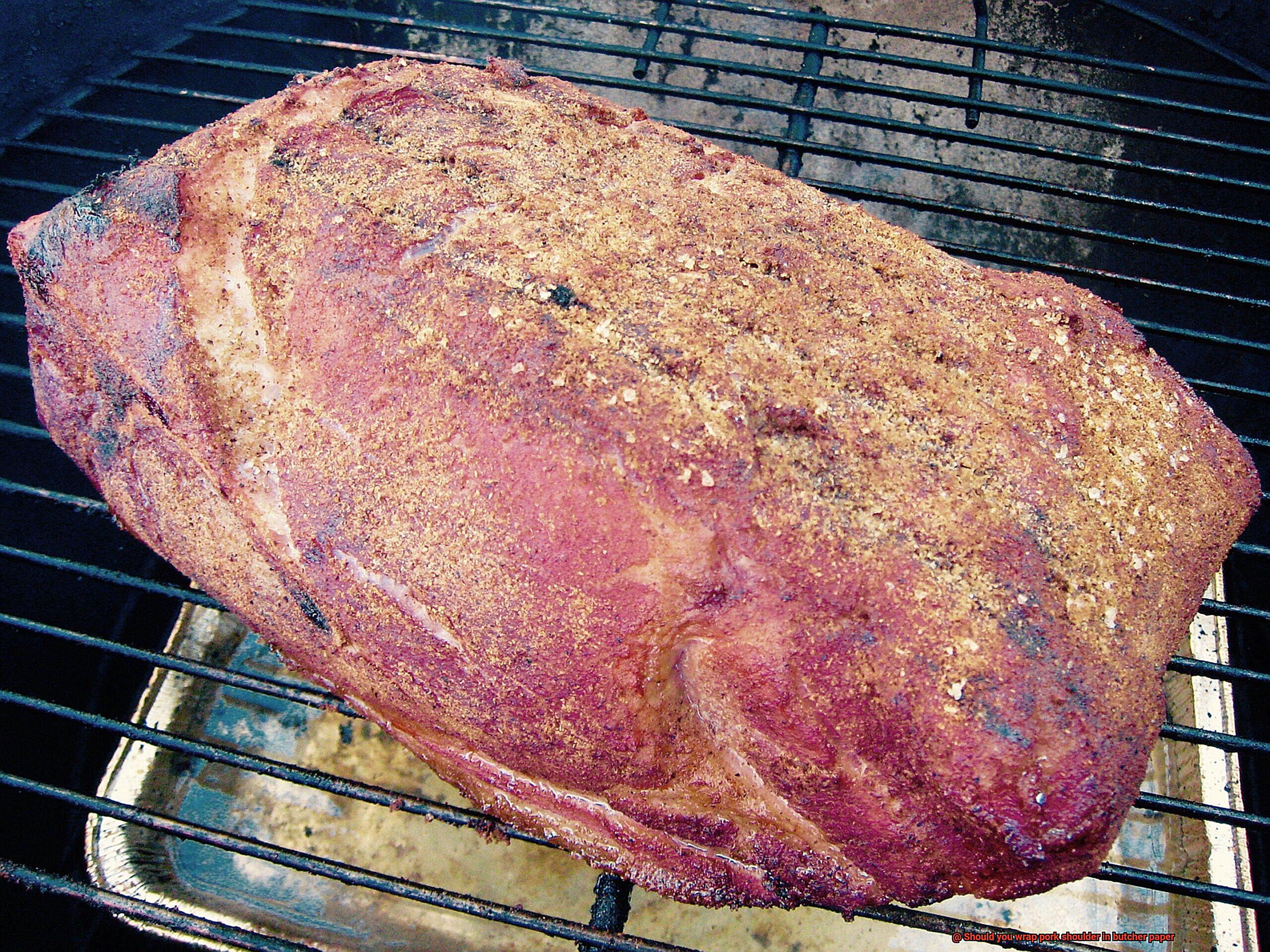
Size matters too. Smaller cuts of meat may not need wrapping, but larger cuts benefit from being wrapped to keep them moist and tender throughout cooking. Wrapping also helps to prevent the meat from drying out during the long cooking process.
Ultimately, personal preference is key. Whether you want a crispy bark or a more tender and juicy pork shoulder, it ultimately depends on your desired outcome. Consider all the factors before making a decision to achieve the perfect result for your taste buds.
Tips for Wrapping Pork Shoulder in Butcher Paper
Cooking a pork shoulder low and slow can produce tender and flavorful meat, but it can also be a little tricky to wrap it in butcher paper without losing moisture or creating a mess. Fear not, because we’ve got you covered with some helpful tips to ensure that your pork shoulder is wrapped perfectly.
Firstly, it’s crucial to ensure that your pork shoulder is fully cooked before wrapping it in butcher paper. This will prevent any juices or moisture from seeping out and ruining the wrapping. Once your meat is cooked, take a deep breath and let’s move on to the next step.
Choosing the right butcher paper is also essential. Make sure that you choose high-quality paper that is specifically designed for meat wrapping. This will ensure that the paper is sturdy enough to handle the weight of the pork shoulder and can hold in any juices or moisture.
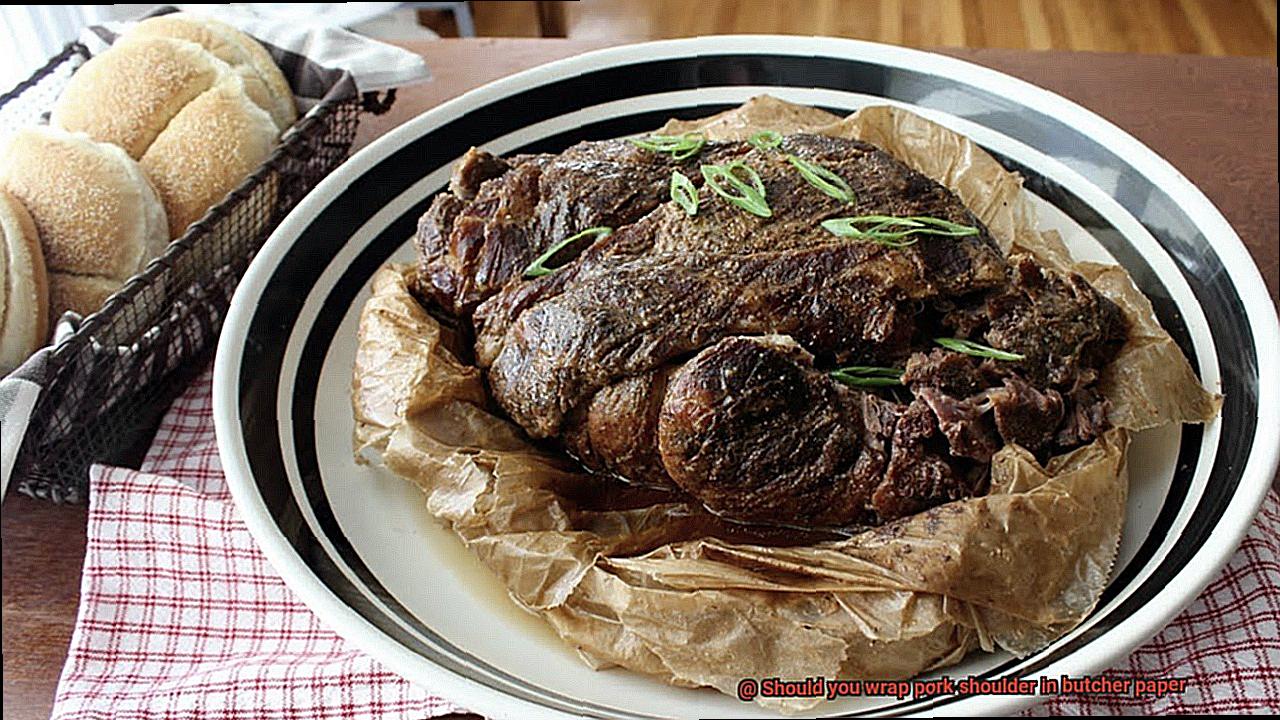
Now comes the fun part – wrapping your pork shoulder. Start by placing your cooked pork shoulder on a large piece of butcher paper. Wrap the pork shoulder tightly with the paper, making sure that there are no gaps or holes. You want to create a cozy little cocoon for your meat, just like how a caterpillar wraps itself up in its cocoon to transform into a butterfly.
To keep everything in place, seal the butcher paper tightly with tape or string. This will help to keep the moisture in and prevent any juices from leaking out during the cooking process. Think of it like sealing a love letter with a kiss – you want everything to stay inside and not escape.
If you’re planning on smoking or cooking your pork shoulder for an extended period of time, it’s important to wrap it in several layers of butcher paper. This will provide an additional layer of protection and keep the meat moist throughout the cooking process. It’s like putting on a few extra layers of clothing when it’s cold outside – you want to stay warm and cozy.
Finally, when you’ve wrapped your pork shoulder, label the package with the date and other relevant information. This will help you keep track of when it was wrapped and how long it has been in storage or in the freezer. Think of it like adding a name tag to your luggage – you want to make sure that it doesn’t get lost or mixed up with someone else’s.
Alternative Methods for Cooking Pork Shoulder
It’s time to switch things up and try some alternative techniques that will leave your taste buds dancing with joy. Two popular approaches are smoking with wood chips or slow-cooking in a crockpot or Dutch oven. But have you heard about wrapping your pork shoulder in butcher paper during the cooking process?
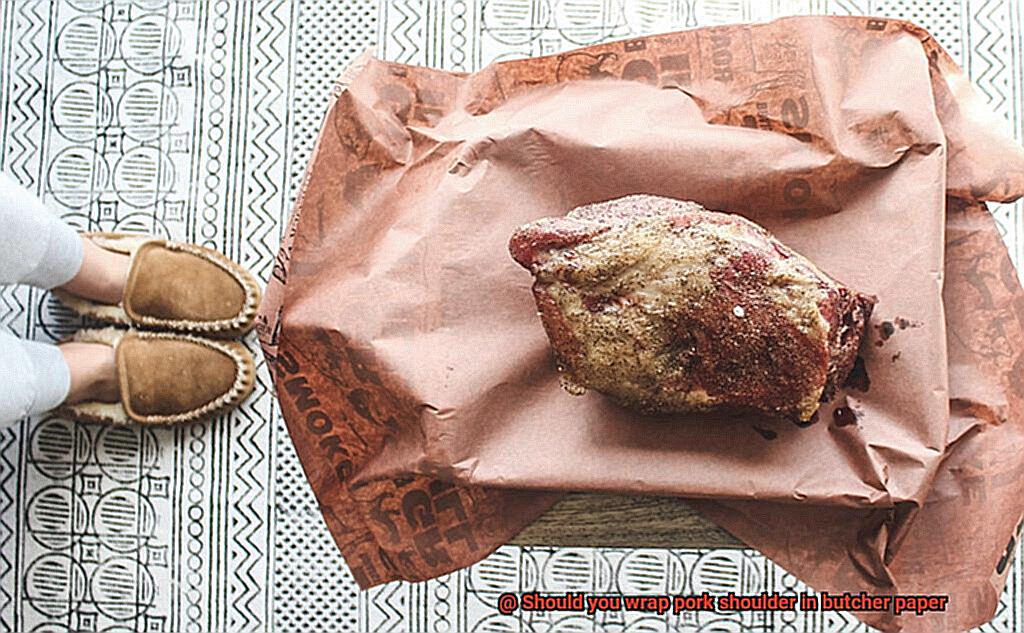
Some pitmasters swear by this method, claiming that it helps to retain moisture and develop a flavorful bark on the outside of the meat. However, others disagree and argue that wrapping the pork shoulder can hinder the development of a good crust on the outside of the meat. So what’s the verdict? It all comes down to personal preference and cooking style.
If you do choose to wrap your pork shoulder in butcher paper, make sure to use the correct type. Butcher paper is uncoated and allows for better air circulation during the cooking process, unlike regular parchment or wax paper. Properly wrapping the pork shoulder is also crucial to ensure that there are no gaps or holes in the paper that could allow moisture to escape.
iM0SivJCybQ” >
Conclusion
In conclusion, wrapping your pork shoulder in butcher paper is an excellent way to keep the meat moist and flavorful. Butcher paper is a heavy-duty, food-grade paper that allows for air circulation while still locking in moisture, resulting in a crispy outer bark on your pork shoulder. This method can be a game-changer when cooking pork shoulder, resulting in tender, juicy meat that’s bursting with flavor.
While there are some downsides to using butcher paper, such as slower cooking times and potential loss of moisture if not wrapped tightly, these issues can be mitigated by choosing high-quality paper designed specifically for food and properly wrapping the pork shoulder. Ultimately, it comes down to personal preference when deciding whether or not to wrap your pork shoulder in butcher paper.
Of course, there are alternative methods for cooking pork shoulder such as smoking with wood chips or slow-cooking in a crockpot or Dutch oven. However, if you choose to wrap your pork shoulder in butcher paper during cooking, make sure to use the correct type of paper and follow proper wrapping techniques to achieve optimal results.
By following these tips and tricks, you’ll be able to create mouth-watering and deliciously juicy pork shoulder that will leave your taste buds wanting more.

